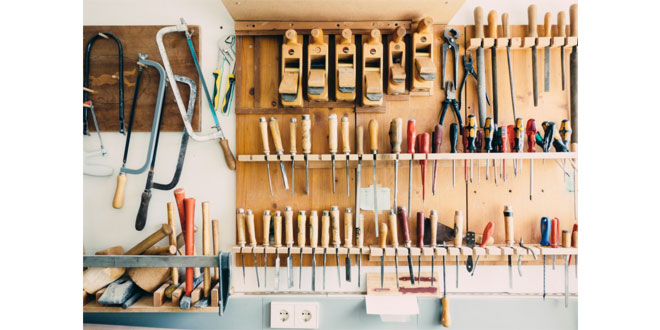
Belt sanders are highly versatile tools, great for smoothing and levelling rough surfaces as well as trimming and shaping certain materials.
These powerful machines require careful handling to achieve the right result, and their high output also makes them potentially dangerous if correct protocols are not followed.
While belt sanders are an undoubted time-saver, knowing how to use them safely is paramount. Here are some key things to look out for.
No matter how you are using your belt sander, it is more than likely to expel a lot of fine material as you work through the surface to be sanded.
These particles can cause you serious damage if they get into your eyes or respiratory system, potentially putting you and others at risk of serious illnesses such as silicosis.
Wearing goggles protects your eyes from damage, while a respirator will stop fine matter from entering your lungs.
It’s also recommended to wear thick gloves when operating a belt sander to prevent injuries to your hands and fingers.
When not in use, belt sanders should be disconnected from mains power in order to prevent them accidentally being powered up and potentially causing damage to your worksite or people in the vicinity.
Similarly, when you do plug your belt sander in, ensure that it is not in an active mode, as its sudden activation when you are not ready to work with it could also lead to serious injury.
Many belt sanders are now manufactured with a trigger switch to prevent instances such as this, but be sure to check your machinery beforehand so you know exactly how it works.
Belt sanders will capture decent amounts of the dust and particles that are produced when sanding, whether in an intended receptacle or in other nooks in the tool itself.
These should be cleaned regularly to avoid nasty accidents.
Dust build-ups can pose a fire risk, especially given these tools are prone to reaching high temperatures when put to use.
Allowing deposits to accumulate could also affect the efficiency of the machine, and even cause it damage in the long-run, potentially hitting your bottom line if you have to shell out for replacements.
With high-power motors, sanding belts, power outlets and other areas of the tool coming under intense workloads, it’s vital that you regularly check for signs of wear and tear.
Sanding pads are likely to be the part that is most often replaced as you work your way through jobs, but keep an ear out for any changes in the sound of the motor, and be sure to check the strength of power cables so you can ward off any minor repairs before they become serious issues.